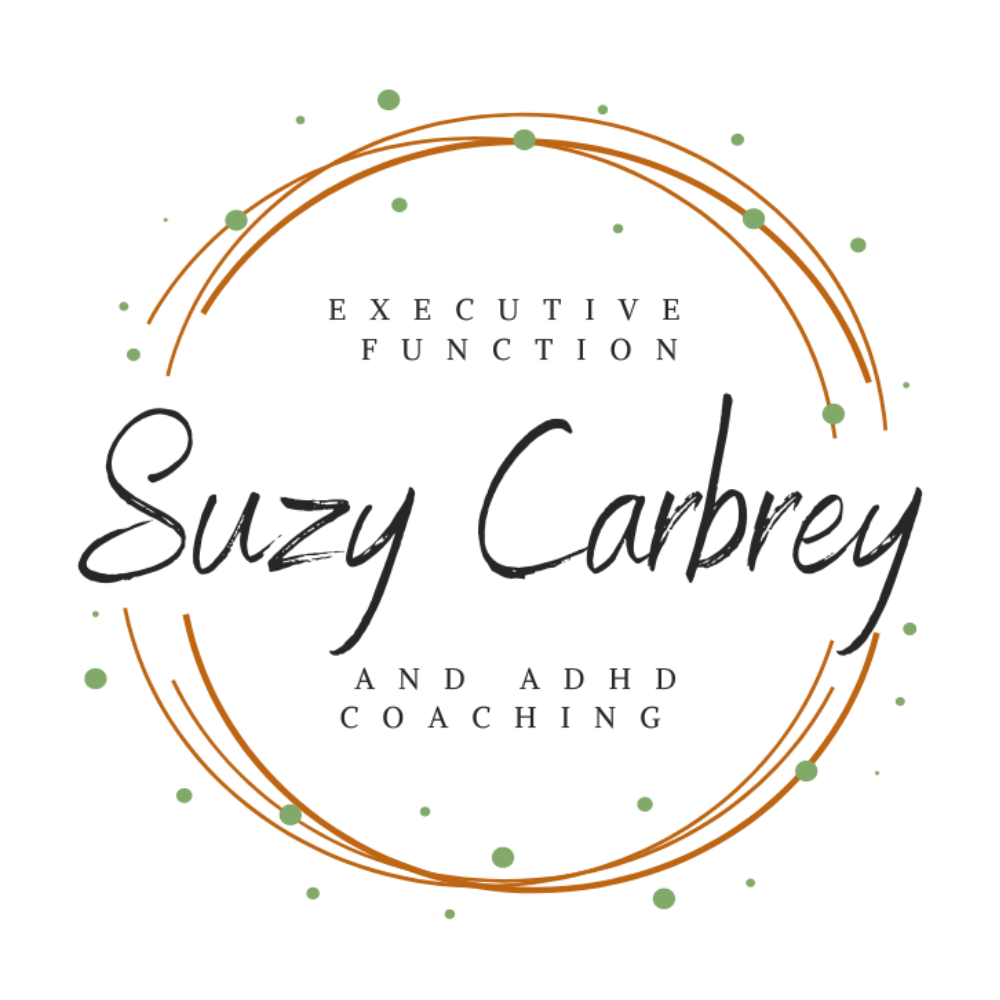Here’s the truth: this is a completely normal and very human experience. It doesn’t mean you’re not motivated. It doesn’t mean you’re not serious about your growth. It means there’s a natural gap between insight and action, and crossing that gap takes more than good intentions.
The good news? There are practical, supportive ways to bridge it. You’re not alone in this. Many of us love what happens in those sessions—coaching, mentoring, therapy, personal development—but we struggle to translate that insight into real-life action. Not because we’re lazy or uncommitted. But because moving from insight to action is a skill in itself. And it deserves just as much attention as the sessions that spark the insight.
So let’s talk about how to make that shift.
Here are a few strategies that can help turn “what you know” into “what you do.”
Why Insight Doesn’t Automatically Equal Change
Insight is a powerful thing. It can feel like a light switch flipping on in a dark room. But insight is only the first step. What follows is where the real work begins.

Here’s what often gets in the way:
- Life gets loud. It’s easy to feel focused in a session. Your coach, therapist, or mentor is fully present. You’re reflecting without distractions. But outside that space? There’s no container. Just you and your messy, beautiful, chaotic life.
- Perfectionism sneaks in. You might think, “If I can’t do it perfectly, I won’t do it at all.” So instead of taking a small action, you do nothing.
- Emotions hijack the plan. The idea felt great in the session. But when it’s time to act, anxiety, fear, or self-doubt creeps in.
- Transition moments trip us up. That time between finishing your workday and starting your plan? That five-minute window between remembering a goal and doing it? These little transitions are often where we lose momentum.
So, how do we make real-life change more doable? Let’s get into it.
Step One: Don’t Just Reflect—Translate
After a powerful session, pause before jumping back into daily life. Ask yourself:
- What’s one insight I want to carry forward this week?
- What would it look like in action, not in theory?
- What’s the smallest possible version of that action?
Example:
Insight: “I need more time to myself to recharge.”
Translation: “I’m going to block 15 minutes after work to sit in the car with a podcast before I go inside.”
Smallest version: “Even if I only get 5 minutes in the car, I’ll count it as a win.”
Write it down in simple language. Put it somewhere visible: a sticky note, calendar reminder, or a text to yourself. Turning insights into clear, visible actions helps them survive the chaos of everyday life.
Step Two: Set Up Real-Life Reminders
Even the best intentions fade without support. That’s not a character flaw—it’s human nature.
Use these reminder strategies:
- External cues: Leave a note on your mirror, fridge, or computer screen with a key phrase from your session. Make it friendly. Make it visible.
- Time-based reminders: Set calendar alerts that gently nudge you when it’s time to act, especially around transition points (e.g., “Remember your 5-minute reset before dinner”).
- Location-based reminders: Use your phone’s reminder app to trigger messages based on where you are. Arrive at home? Get a reminder that says, “Deep breath. You’re doing enough.”
- Anchor it to something existing: If you already make coffee each morning, add a 30-second practice you discussed in session. Tie the new action to something that’s already a habit.

Step Three: Use the Power of Small
Big changes are made of small shifts, repeated often. But many people wait for a stretch of uninterrupted time or the “perfect” moment to start.
Spoiler: that moment rarely comes.
Instead, build change in small, consistent moves:
- Choose the 5-minute version of your idea.
- Celebrate starting, not finishing.
- Let “good enough” count.
Example:
You talked about starting a journaling habit. Instead of aiming for a full page every day, commit to writing one sentence each night. That’s it. Low pressure, high consistency.
When the barrier to action is low, it’s easier to stay in motion—and momentum is more valuable than perfection.
Step Four: Plan for Emotional Resistance
Here’s the thing most people don’t talk about: following through on insight often stirs up emotions.
- You might feel resistance. (“This is stupid.”)
- You might feel fear. (“What if I fail again?”)
- You might feel grief. (“Why didn’t I know this sooner?”)
This is normal. It doesn’t mean the insight wasn’t valid or the plan is wrong. It just means your nervous system needs some care during change.
Try these tools for emotional regulation in transition moments:
- Name the emotion. “I’m feeling overwhelmed right now” is more helpful than pushing it away.
- Use self-talk from the session. Recall the words your coach or mentor used when you felt supported. Repeat them to yourself like a mantra.
- Do something grounding. A sip of water. A stretch. A breath. This isn’t a “bonus” step—it’s the bridge that allows your brain to shift from intention to action.
Give yourself permission to do it badly. Your first attempt doesn’t have to be great. It just has to happen.
Step Five: Create a “Re-entry Ritual” After Sessions
One of the sneakiest challenges in integrating insight is the sudden shift back to reality. You go from a calm, reflective conversation to… emails, chores, and noise.
Create a small re-entry ritual that honors the importance of what just happened.
- Light a candle for 5 minutes and jot a thought from the session.
- Send yourself a voice memo about one takeaway.
- Do a grounding exercise—3 deep breaths with your hand on your chest.
- Block out 10 minutes post-session before jumping back into work or parenting.

This tiny transition can help your nervous system process and retain what you’ve learned.
Step Six: Expect (and Normalize) the Drop-off
Here’s a myth: If you really cared about your growth, you’d follow through perfectly.
Nope.
Even the most committed, self-aware people hit a dip between session and action. It doesn’t mean you’re failing—it means you’re human. You might fall off track. You might forget. You might get discouraged.
Here’s your permission slip: pick it back up, without shame.

Keep a simple check-in practice:
- Once a week, ask: What’s something I intended to do that I haven’t done yet? Why?
- Be curious, not critical.
- Adjust the plan, don’t abandon the goal.
This kind of self-compassionate problem-solving is what makes growth sustainable, not grit alone.
The Bottom Line
Change doesn’t happen in a vacuum. Insight is the spark, but real-life application needs scaffolding: reminders, emotional tools, realistic pacing, and flexibility.
If you’ve ever walked away from a coaching session or personal development experience thinking, “This is exactly what I need,” but then struggled to live it out, you’re not failing. You’re just missing a bridge.
Start small. Expect emotions. Make it visible. And remember: real growth isn’t flashy. It’s in the quiet, often messy practice of showing up again and again.
Because the goal isn’t to be perfect.
The goal is to keep coming back to what matters—even when life gets loud.
Want to go deeper?
If you’ve been collecting insights but struggling with the follow-through, try this challenge:

Pick one idea you’ve loved recently and create a micro-action plan for it.
- What’s the smallest possible step?
- What will remind you?
- How will you support your emotions when resistance hits?
Then, come back in a week and reflect. What worked? What didn’t? That kind of gentle self-observation is the real secret to making change stick.
You’ve got this. And if you forget? You can start again.
That’s part of the plan.
Learn more with Online Coaching for Executive Functioning / ADHD
Ready to gain control and enhance your executive functioning? As an experienced and compassionate coach, I specialize in providing support for executive functioning and ADHD. To embark on your journey, please reach out to me at 708-264-2899 or email hello@suzycarbrey.com to schedule a FREE 20-minute discovery call consultation.
With a background as a speech-language pathologist, I have a strong foundation in executive functioning coaching. My graduate degree program in SLP placed a significant emphasis on cognition, including executive functions, and I have years of experience in medical rehabilitation, providing cognitive-communication therapy. Additionally, I have completed an ADHD Services Provider certification program, I am Solutions-Focused Brief Therapy Diamond Level 1 certified and I am trained in the Seeing My Time® executive functioning curriculum.
Experience the convenience and effectiveness of online coaching, backed by studies that demonstrate equal results to in-person services. Parents, professionals, and emerging adults love the convenience and privacy of receiving coaching from their own homes.
Whether you reside in Chicago, Milwaukee, Indianapolis, Kansas City, or anywhere else around the globe, I am here to assist you. Schedule your discovery call consultation today, and I eagerly anticipate the opportunity to work with you!
Please note that although I am a certified speech-language pathologist, all services Suzy Carbrey LLC provides are strictly coaching and do not involve clinical evaluation or treatment services. If you require a formal speech therapy evaluation and treatment, please inform me, and I can provide appropriate recommendations.

